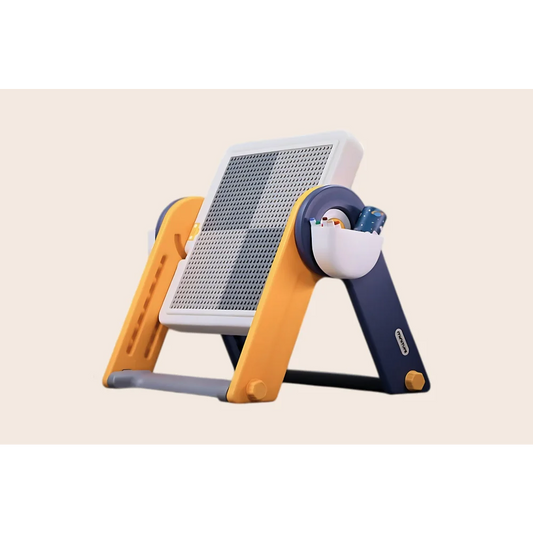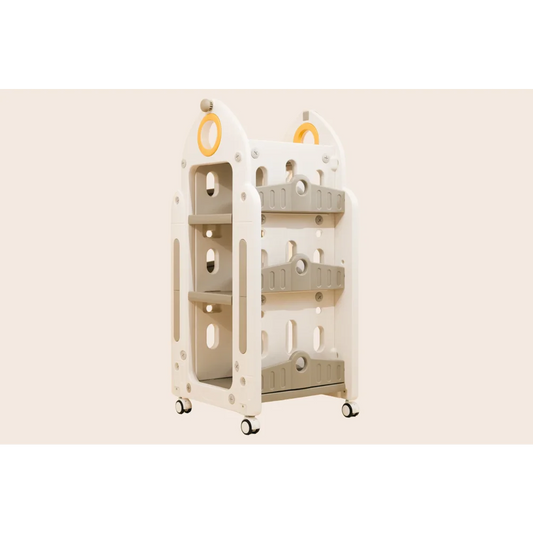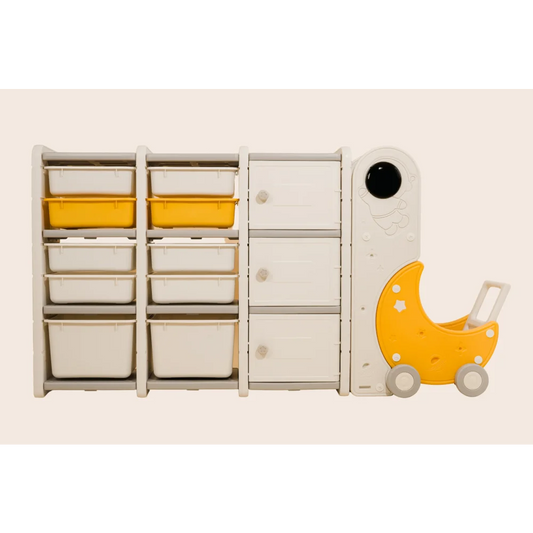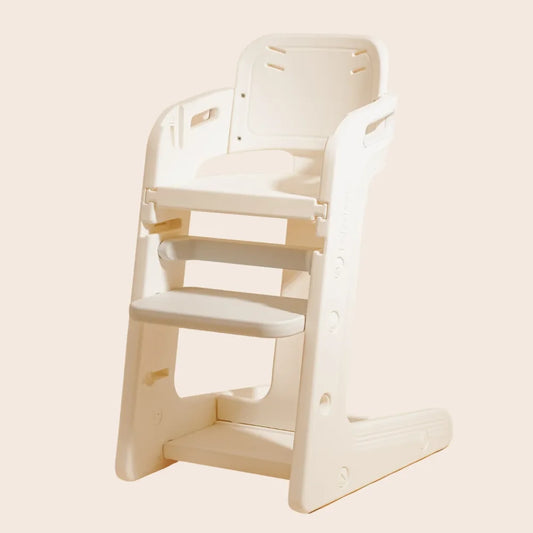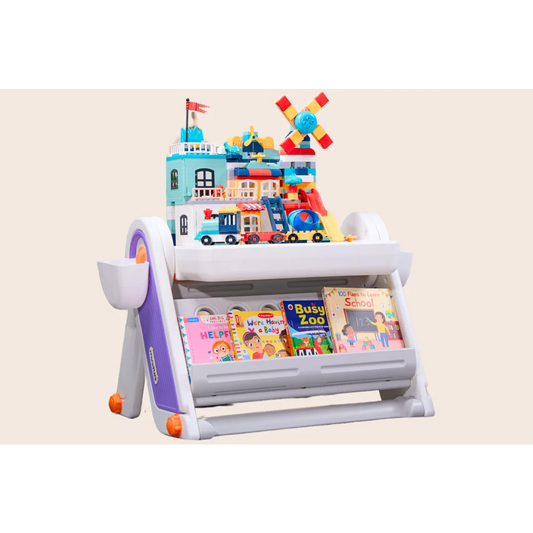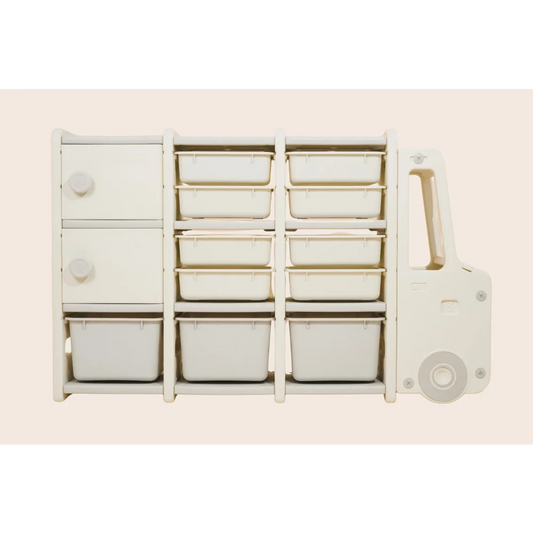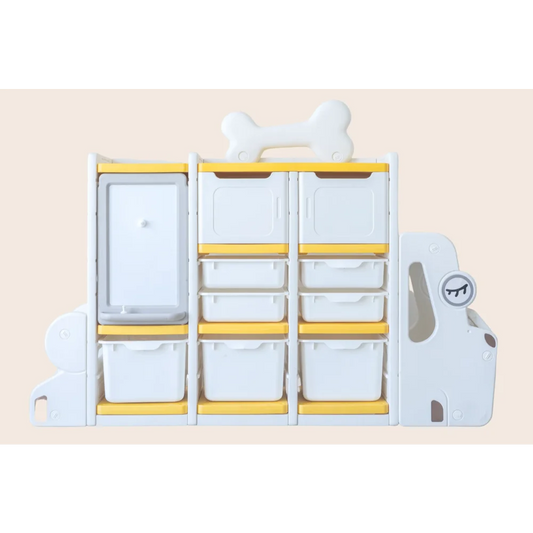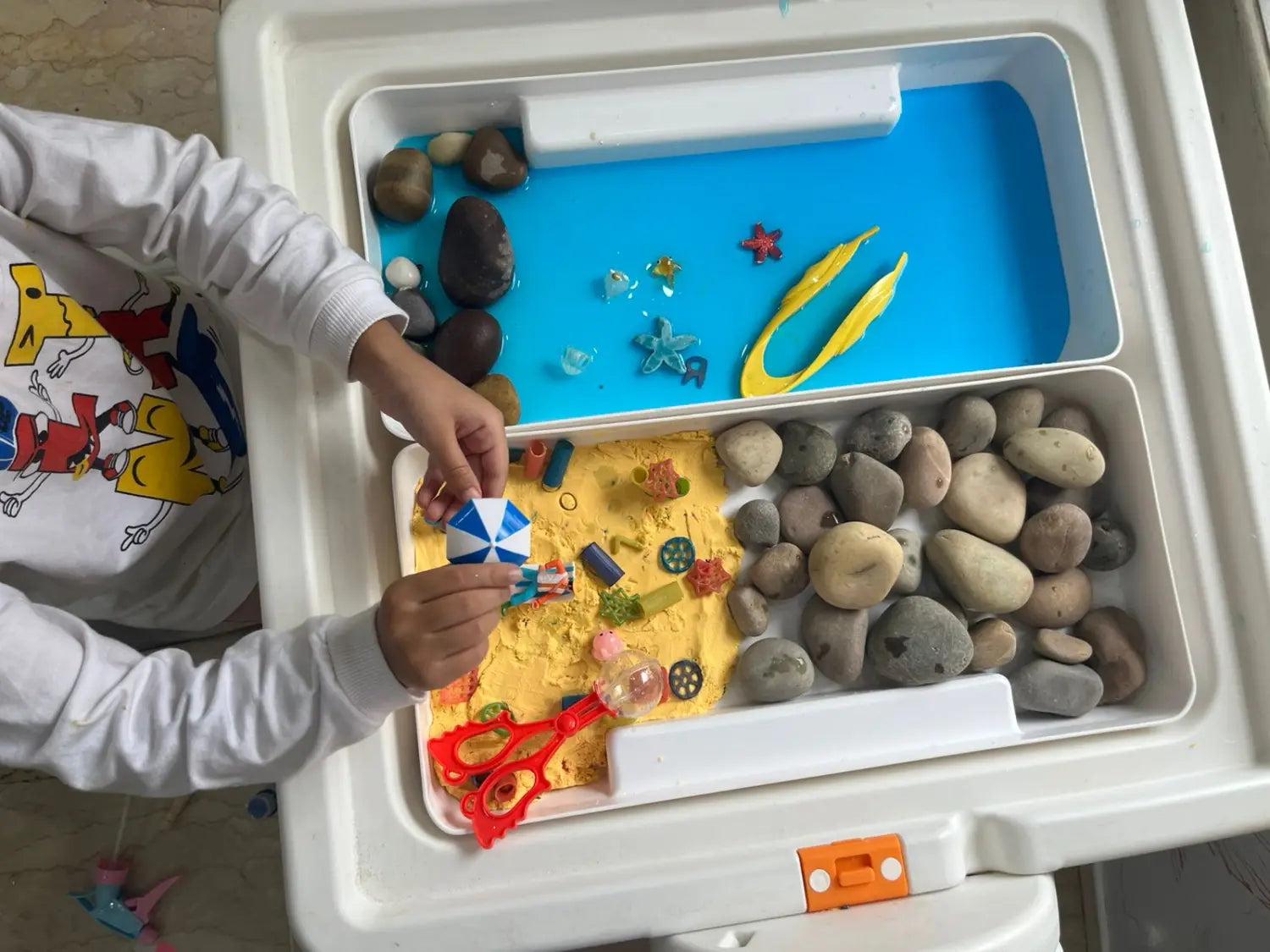

Building a Strong Foundation The Role of Grasp Skills in Early Childhood Development

Have you ever watched your little one struggle to pick up a small toy or attempt to hold a crayon for the first time? As parents, we cheer for those small victories—the tiny fingers grasping, holding, and eventually mastering everyday tasks.
But did you know these grasp skills are more than cute milestones? They lay the foundation for fine motor development, hand-eye coordination, and cognitive growth!
Research shows that 90% of a child’s brain develops by age five, and much of this development is driven by sensory and motor experiences.
Children who develop strong fine motor skills early on are more likely to excel in writing, self-care, and problem-solving later in life.
So, let’s dive into why grasp skills matter and how you can help your child strengthen them through fun and interactive activities!
Understanding Grasp Development: More Than Just Holding an Object
Grasping is one of the first ways babies interact with their world. It starts with reflexive grips in infancy and gradually progresses into more refined and intentional grasps.
These small but mighty movements build fine motor skills and lay the foundation for essential life tasks.
Cylindrical Grasp (Building Strength & Control)
A cylindrical grasp is when a child wraps their whole hand around an object, such as a block or a thick crayon.
This grasp typically appears around 18 months – 3 years and helps build hand strength.
How to Encourage It:
- Provide chunky crayons, large blocks, and sippy cups with wide grips.
- Let your child play with a playdough or squeeze stress balls.
- sensory kit that has tongs, scooper scissors, wooden tools from Miniture designed to strengthen cylindrical grasp skills.
Tripod Grasp (Precision for Writing & Drawing)
The tripod grasp develops around 3-4 years of age and involves holding a pencil or small object between the thumb, index, and middle finger.
This grasp is critical for handwriting, drawing, and controlled movements. 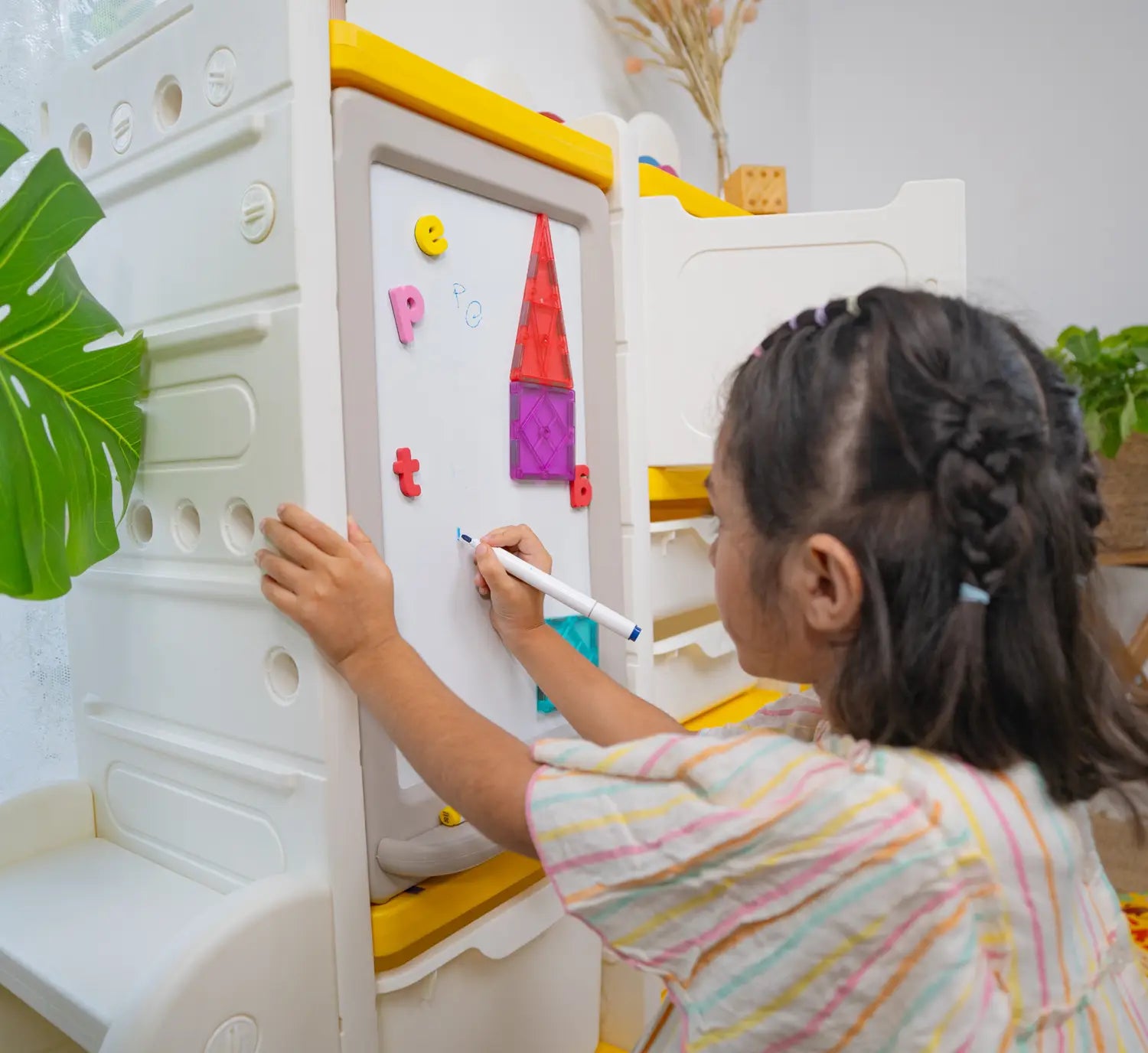
How to Encourage It:
- Offer short crayons or chalk pieces to promote finger control.
- Engage in activities like using Jumbo tweezer tongs to pick up small objects.
Pinch Grasp (Pincer Strength for Everyday Tasks )
The pinch grasp, or pincer grasp, allows children to pick up small objects between the thumb and index finger.
It usually develops between 3 and 4 years old and is essential for sensory play, self-feeding, dressing, and manipulating objects. 
How to Encourage It:
- Give your child small snacks like pom pom or beads to pick up.
- Introduce tools like our ball scissors, and big tongs.
Pad-to-Pad Grasp (Refining Dexterity & Coordination)
The pad-to-pad grasp (the three-jaw chuck grasp) involves touching the pads of the thumb and fingers together and is commonly used for buttoning clothes, holding small items, and writing. 
How to Encourage It:
- Use clothespins or pegboards for gripping practice.
- Encourage fun with play based furniture like LEGO bricks or small puzzle pieces.
Why do Grasp Skills Matter in Childhood?
Strong grasp skills go beyond just holding a pencil. They are critical for:
- School Readiness: Writing and drawing require fine motor control.
- Self-Care Skills: Dressing, feeding, and brushing teeth depend on grasp development.
- Cognitive Growth: DIY activities support problem-solving and creativity.
- Independence: Mastering grasp skills allows children to complete tasks confidently.
Did you know that one in 10 children struggle with fine motor skills, which affects their academic performance and daily routines? Early support can make a world of difference.
Final Thoughts
Every grasp encourages a step toward independence and confidence for the kids.
As parents, we nurture these skills through sensory play, patience, and encouragement.
By adding grasp activities to daily life, we are shaping their ability to explore, create, and learn.
Still confused?
Want more about how you nurture them through activities? Then, join the parenting community, where we share practical ideas to make your life easier with toddlers.
